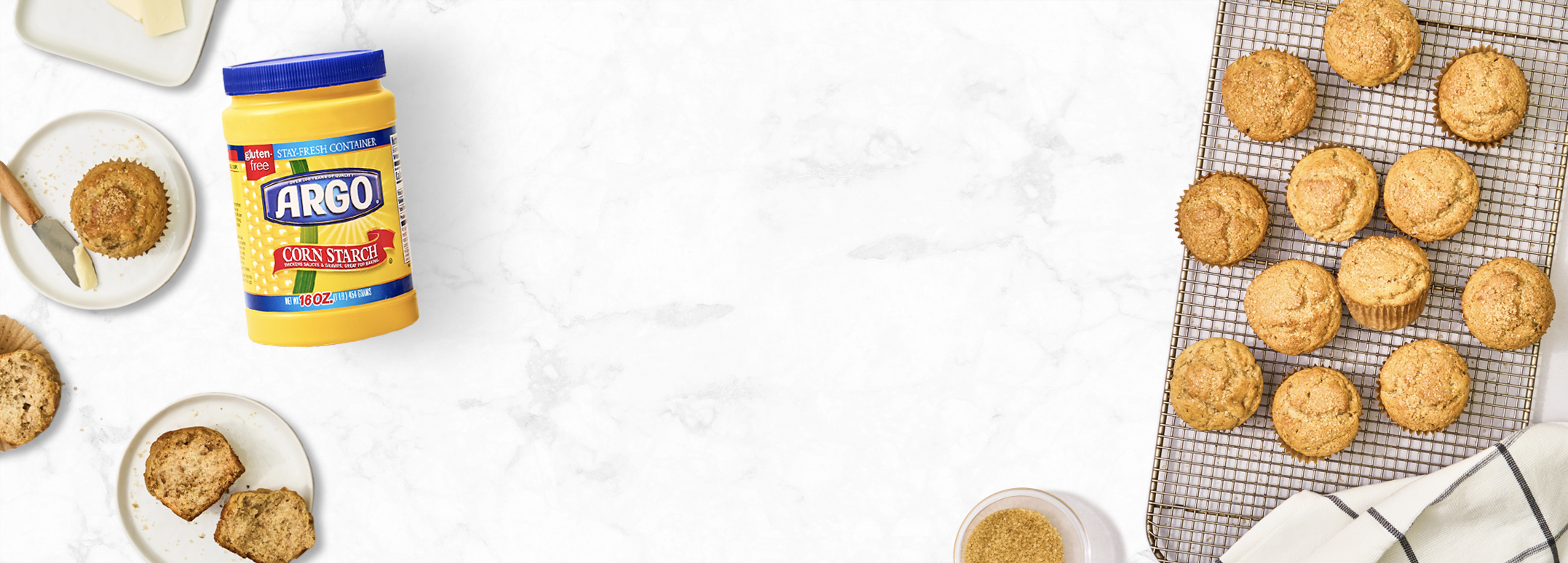
A Reputation Built
Over Generations
We’ve been trusted by home cooks and bakers for over a century. Learn more about our story.

A Reputation Built Over Generations
We’ve been trusted by home cooks and bakers for over a century. Learn more about our story.
1891:
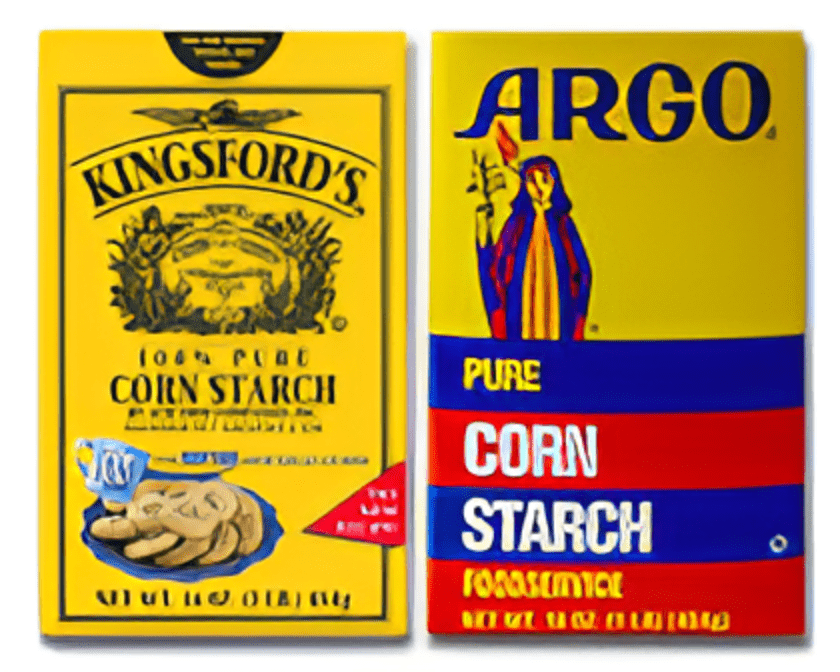
A corn milling plant, later called Argo Manufacturing, incorporates in Nebraska.
1892:
Argo® Corn Starch is launched. The name, Argo, continues to be a source of much conjecture even to the present. It may have derived from the fact that customer price lists were printed in alphabetical order, and the name Argo would appear above then-competitor Kingsford’s.
1899:
Argo, Kingsford’s and two other starch companies merge to form the United Starch Company, a forerunner of The Corn Products Refining Co.
1940s:

A 1940s Argo® Corn Starch label features a recipe for corn starch based Creative Clay, a homemade moldable material that children can use to fashion ornaments and gifts.
1964:
A new corn maiden appears on the Argo® Corn Starch package.
1992:
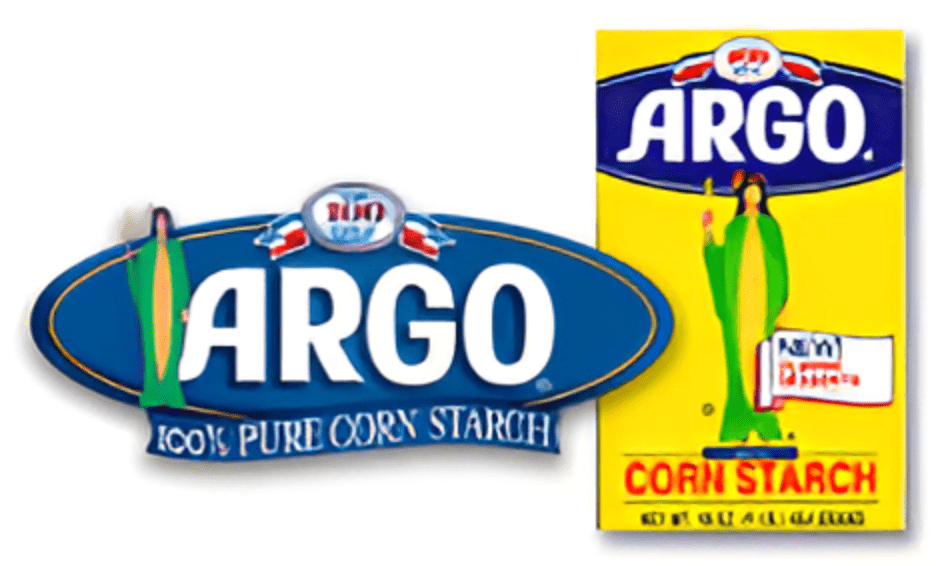
Argo® Corn Starch celebrates its 100th anniversary with a significant package redesign. It incorporates a 100th Anniversary seal and a slimmer corn maiden on the face panel. The back and side panels feature nine distinctive recipe collections accompanied by appetizing photography.
1993:
It’s easy to make Argo Play Clay at home, and fun to play with. Consumer interest prompts the makers of Argo® Corn Starch to produce new leaflets with ideas and projects for children and adults to make.
2008:
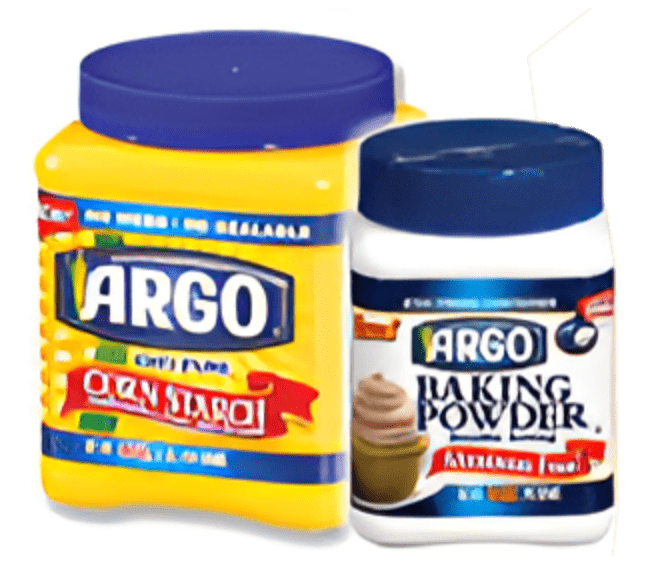
Argo introduces new packages, bringing the first packaging innovation to the brands since inception: new resealable containers. The new Argo® Corn Starch containers hit store shelves as well as a new baking powder product. Both products were designed using consumer feedback to significantly improve product usability.
2019:
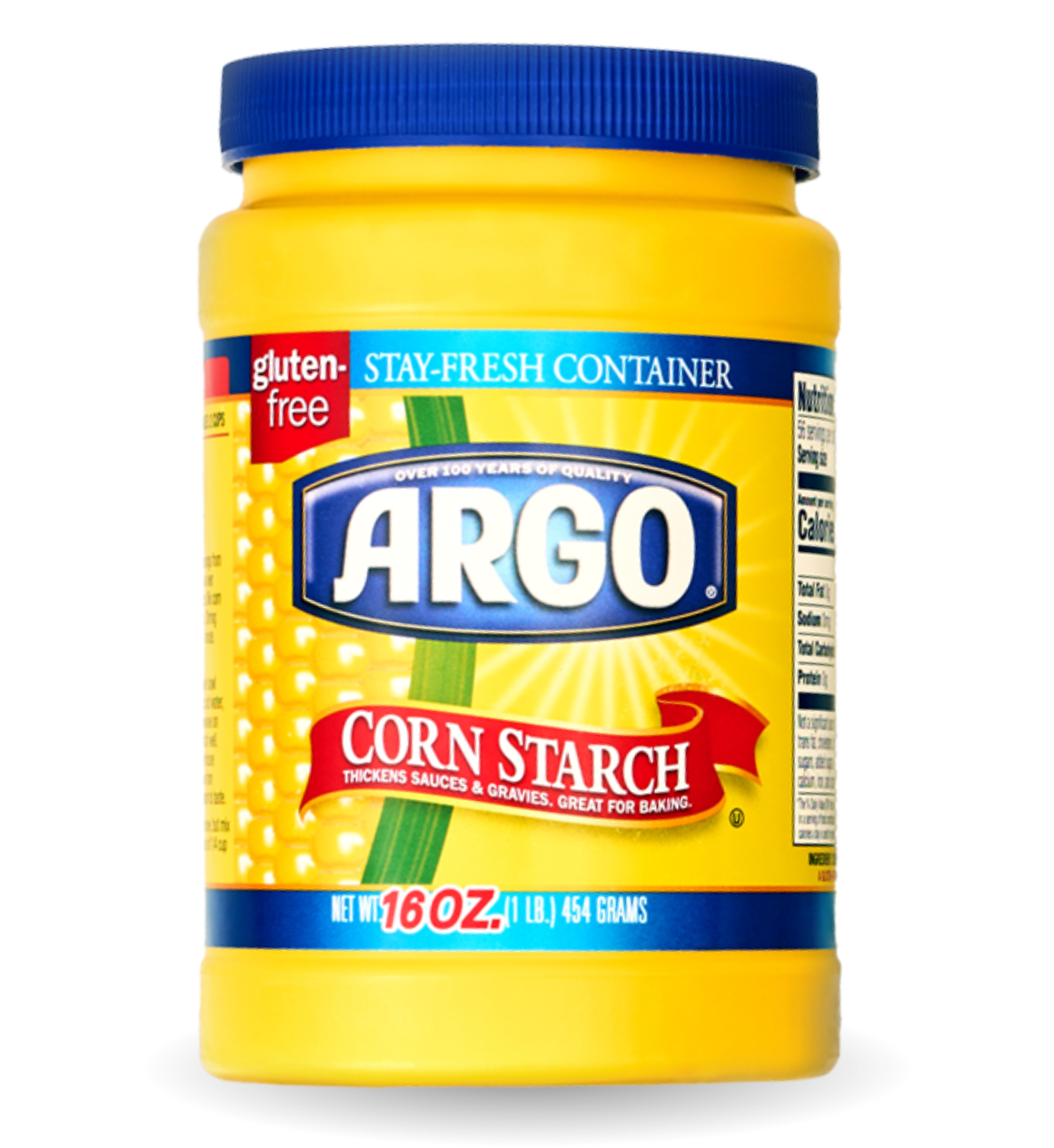
Argo® Corn Starch introduces new taller cylinder containers, maintaining resealability and easy access for measuring.
2021:

Argo® Corn Starch updates its logo to contemporize the brand.


The Tradition Continues
Argo® Corn Starch and Argo® Baking Powder are available across the U.S. today and perfect for ensuring smooth sauces, lump-free gravies and reliable thickening in beloved dishes.